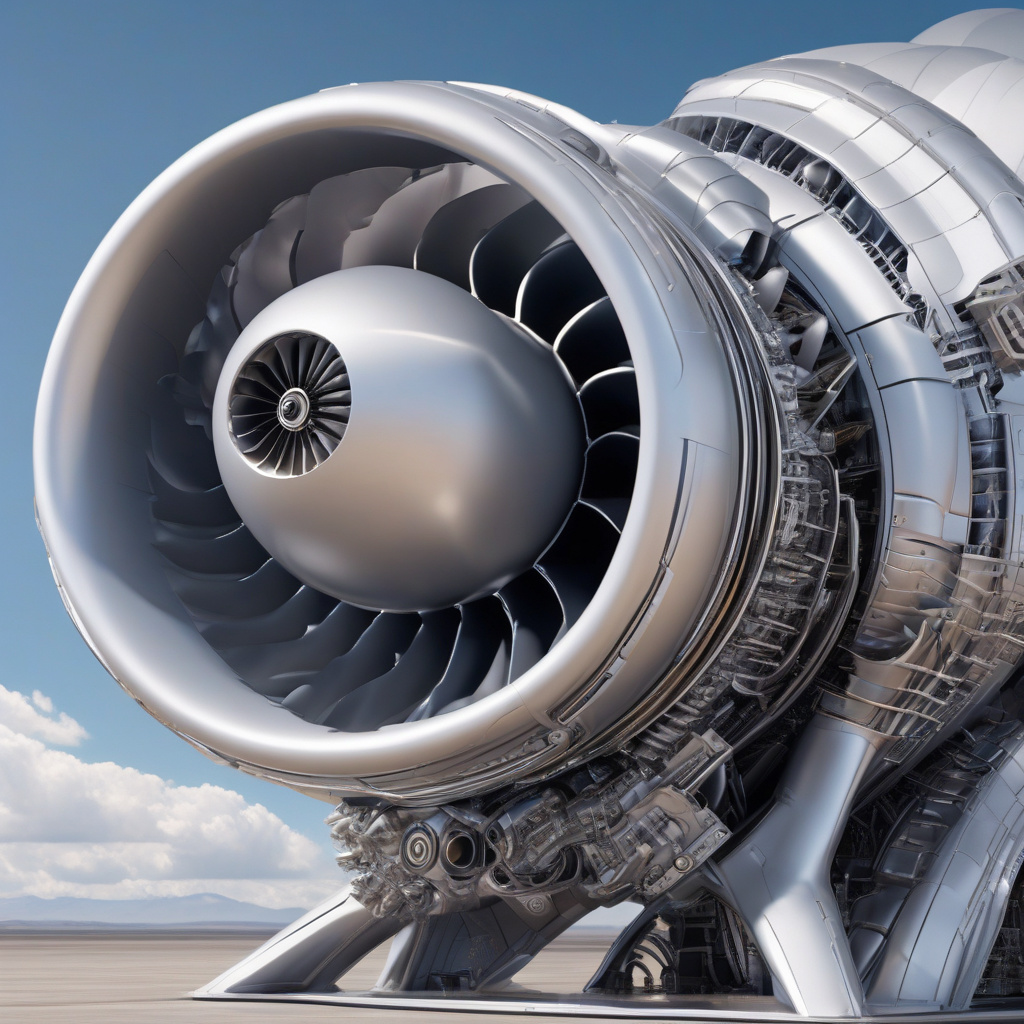China’s Breakthrough: First Fully 3D-Printed Mini Jet Engine Reaches New Heights
China has conducted a successful maiden flight of a miniature turbojet engine manufactured entirely with cutting-edge 3D printing technology. This groundbreaking achievement marks a significant milestone in the realm of aerospace engineering, showcasing the country’s prowess in innovation and technological advancement.
The mini jet engine, which was developed by a team of researchers from Beihang University in Beijing, soared to an impressive altitude of 13,000 feet during its debut test flight. This remarkable feat demonstrates the viability and reliability of 3D-printed components in demanding aerospace applications.
The use of 3D printing technology in manufacturing the entire engine represents a paradigm shift in the aerospace industry. Traditionally, jet engines are constructed using a complex assembly of individual parts that are manufactured separately and then meticulously assembled. However, with 3D printing, intricate components can be produced in a single printing process, resulting in lighter, more durable, and highly efficient engines.
One of the key advantages of 3D printing in aerospace manufacturing is the ability to create complex geometries that are impossible or extremely challenging to achieve using traditional manufacturing methods. This flexibility allows engineers to optimize the design of components for enhanced performance and fuel efficiency.
Moreover, 3D printing offers a more streamlined and cost-effective production process, as it reduces material waste and eliminates the need for tooling and molds. This not only accelerates the development timeline but also lowers production costs, making it an attractive option for the aerospace industry.
The successful test flight of China’s first fully 3D-printed mini jet engine underscores the country’s commitment to pushing the boundaries of innovation and technology. By embracing emerging technologies like 3D printing, China is positioning itself as a global leader in aerospace engineering and manufacturing.
As the capabilities of 3D printing continue to advance, we can expect to see even more sophisticated and high-performance engines being developed in the future. This transformative technology has the potential to revolutionize the aerospace industry, paving the way for the creation of next-generation aircraft that are lighter, faster, and more fuel-efficient.
In conclusion, China’s achievement in producing a fully 3D-printed mini jet engine that reached an altitude of 13,000 feet is a testament to the power of innovation and technological ingenuity. By harnessing the capabilities of 3D printing, the aerospace industry is poised for a new era of advancement and growth, with China leading the charge towards a more efficient and sustainable future in aviation.
#China, #3Dprinting, #JetEngine, #Aerospace, #Innovation












